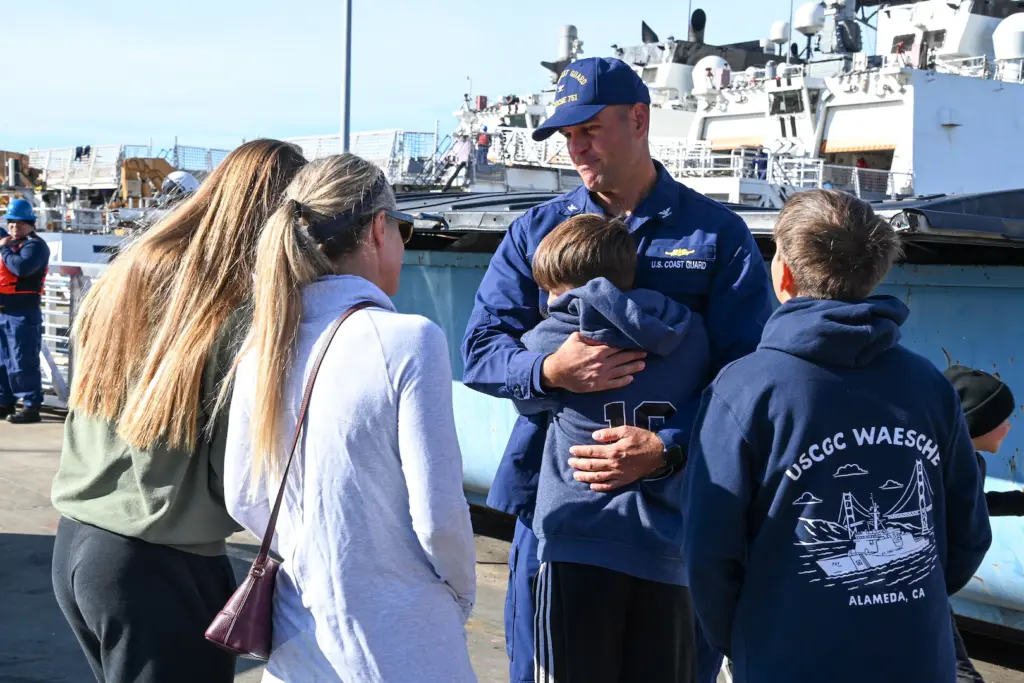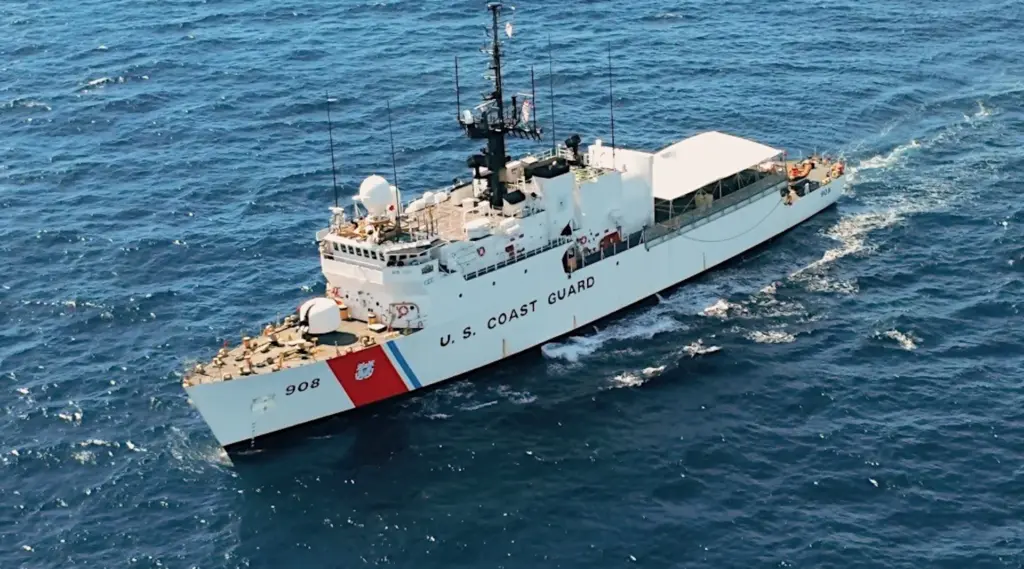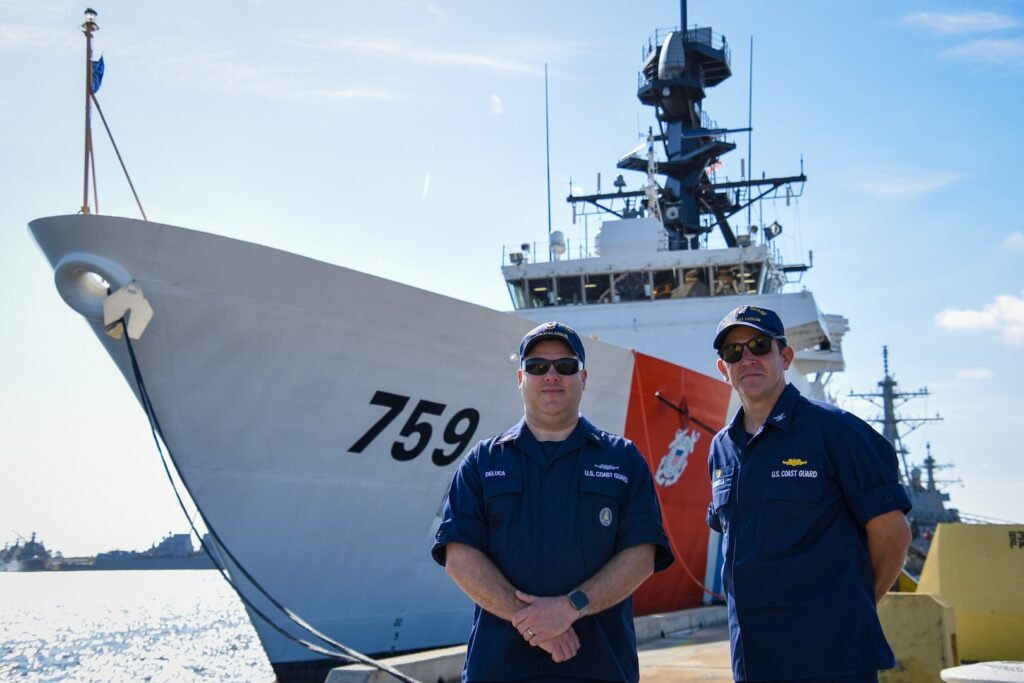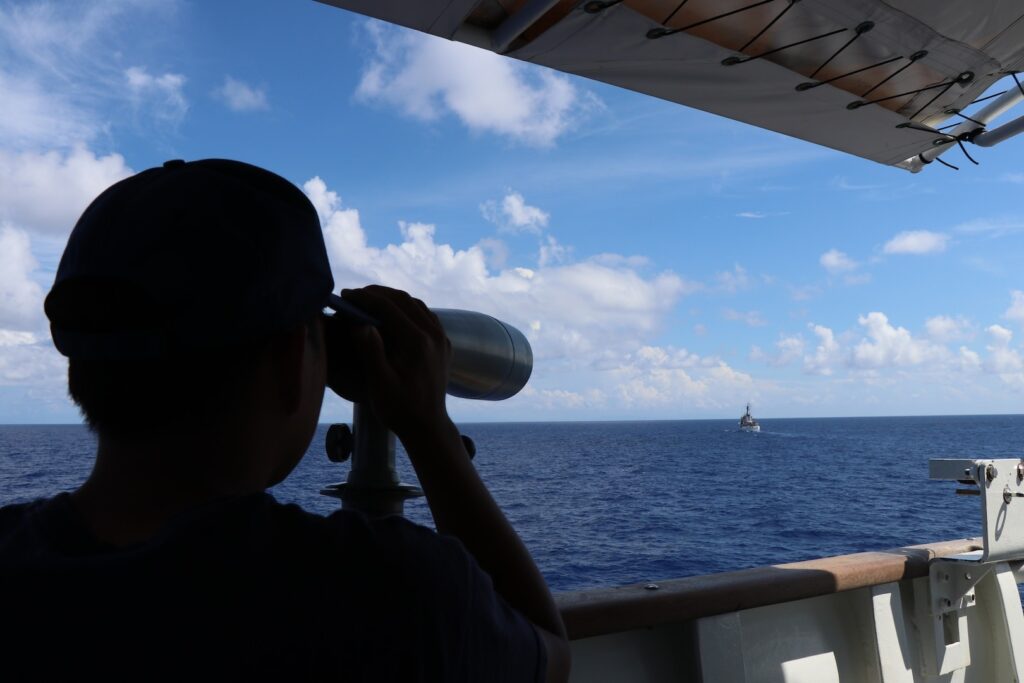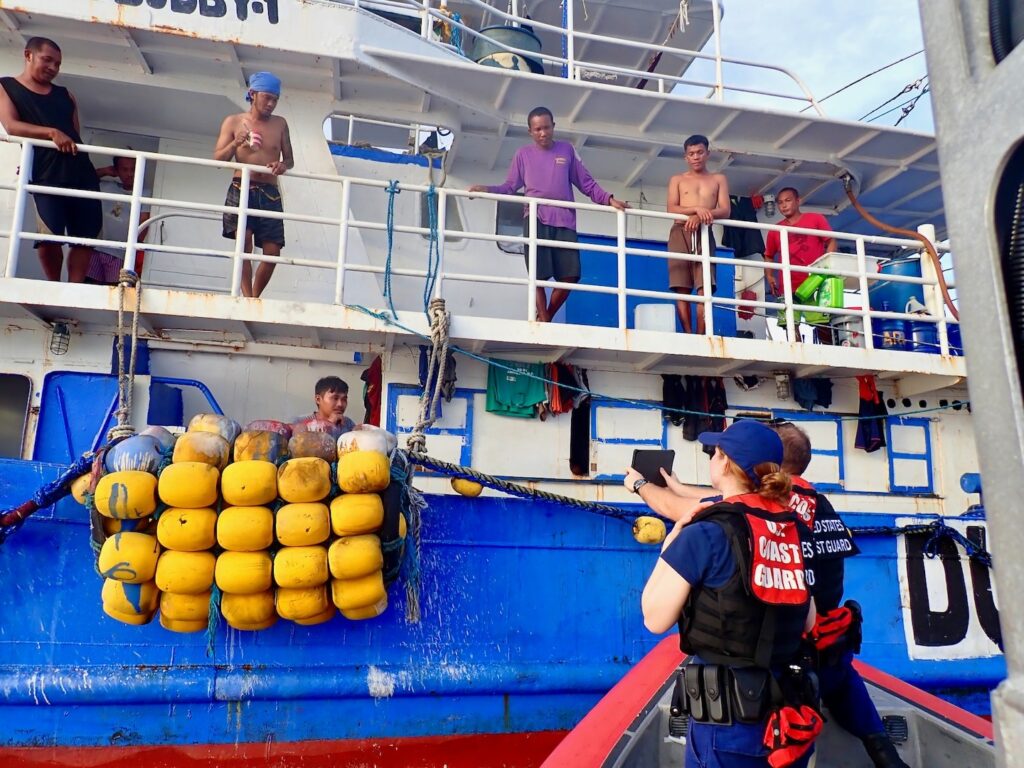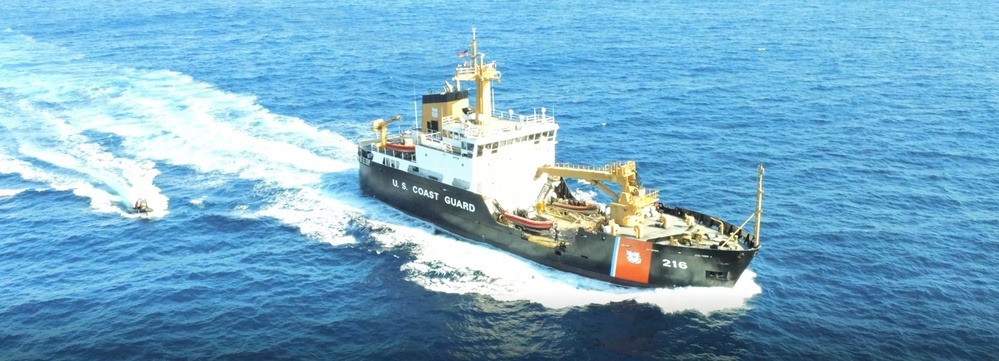Coast Guard Cutter Dauntless returns home to Florida after interdicting 19.4 million in illegal narcotics, 3 suspected drug smugglers
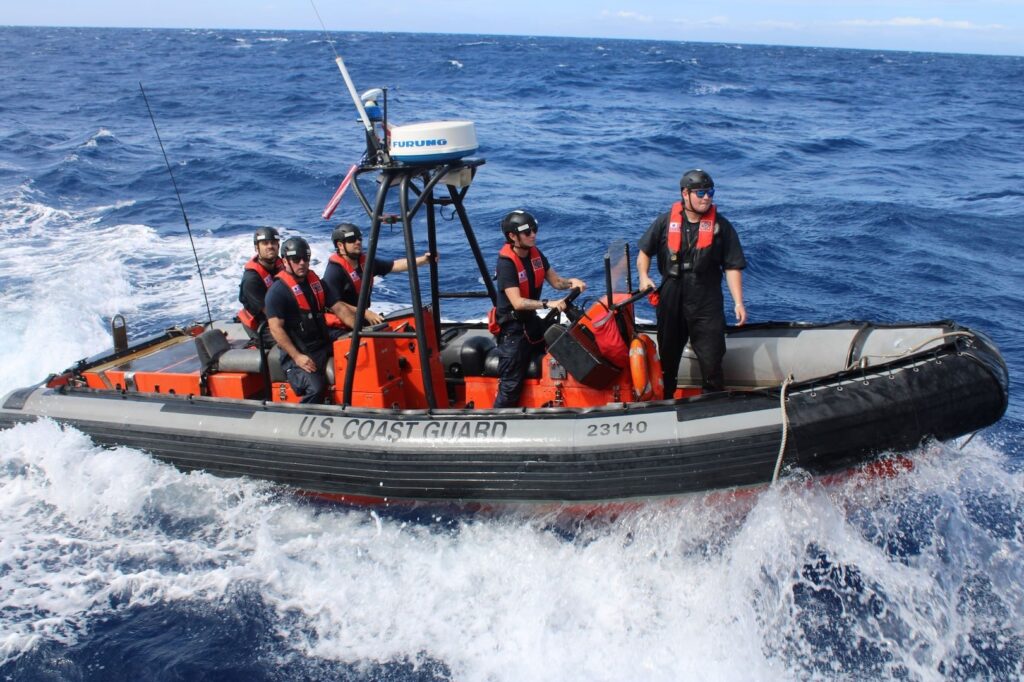
Release from U.S. Coast Guard Atlantic Area
*****
Dec. 13, 2023
PENSACOLA, Fla. – The crew of the U.S. Coast Guard Cutter Dauntless (WMEC 624) returned to their homeport in Pensacola Tuesday following a 25-day counterdrug deployment in the Caribbean Sea.
While underway in the Coast Guard Seventh District’s area of operations and in support of Joint Interagency Task Force–South, Dauntless’s crew spent 25 days patrolling the Caribbean, where their primary mission was detecting and interdicting go-fast and other vessels suspected of smuggling illegal narcotics into the U.S.
During the patrol, Dauntless’s crew interdicted one go-fast vessel smuggling illegal narcotics, seizing over 670 kilograms of cocaine worth an estimated 19.4 million, and apprehended three suspected drug smugglers.
“This interdiction truly showcased the impressive skill and relentless perseverance of the Dauntless crew,” said Cmdr. Aaron Kowalczk, commanding officer of Dauntless. “Their ability to complete the seizure despite challenging conditions highlights the Coast Guard’s important role in countering transnational criminal organizations. The crew’s commitment to combating narcotics trafficking is emblematic of their dedication to service.”
In addition to interdicting illegal narcotics, Dauntless’s crew conducted joint operations with the USS Farragut and its embarked Law Enforcement Detachment to transfer 433 kilograms of illegal narcotics and six suspected traffickers, strengthening interoperability with Department of Defense partners and promoting maritime security and safety.
Dauntless is a 210-foot Reliance-class medium endurance cutter. The cutter’s primary missions are counter-narcotics operations, migrant interdiction, living marine resources protection, and search and rescue in support of U.S. Coast Guard operations throughout the Western Hemisphere.
For information on how to join the U.S. Coast Guard, visit www.GoCoastGuard.com to learn more about active duty and reserve officer and enlisted opportunities. Information on how to apply to the U.S. Coast Guard Academy can be found at www.uscga.edu.
